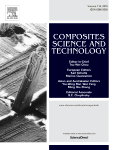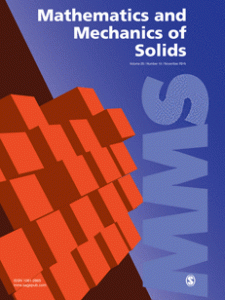 Thirteen papers in Mathematics and Mechanics of Solids now have an expression of concern, after it came to light that an author on most of the papers coordinated the peer-review process.
Thirteen papers in Mathematics and Mechanics of Solids now have an expression of concern, after it came to light that an author on most of the papers coordinated the peer-review process.
David Y. Gao, a well-known and prolific mathematician at the Federation University Australia, is the author of 11 of the papers, and also the guest editor of the special issue in which they were set to appear. The papers were published online earlier this year.
A spokesperson for SAGE, which publishes the journal, confirmed that the publisher decided to re-review the papers after learning about Gao’s role in the peer-review process:
Continue reading Author’s coordination of peer review flags 13 math papers

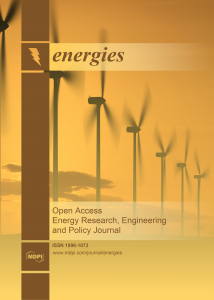 An electrical engineering
An electrical engineering 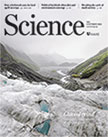

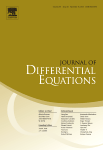 After we reported on
After we reported on 

